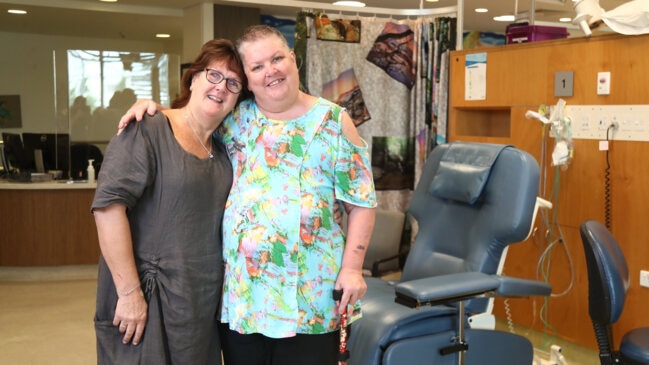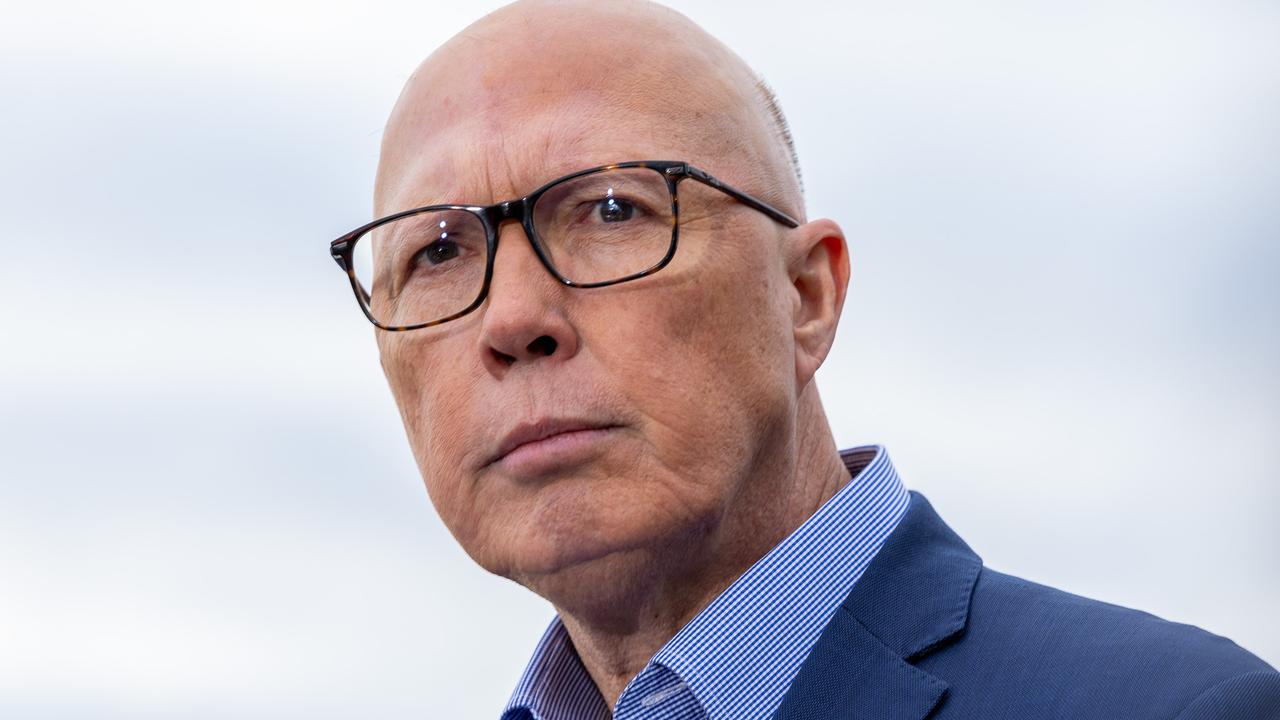Breast cancer rates have skyrocketed since the 1980s
A frightening new analysis of breast cancer data has revealed what factors are contributing to a shocking 50 per cent of breast cancer diagnoses in Australia.

QLD News
Don't miss out on the headlines from QLD News. Followed categories will be added to My News.
Booze and weight gain is to blame for a shocking 50 per cent increase in breast cancer among Australian women since the 1980s.
New analysis of the data has been released by a leading Queensland surgeon in the hopes it serves as a “wake up call” to young women.
Mater breast and melanoma surgeon Dr Heidi Peverill said increased alcohol consumption, a lack of exercise, being overweight and other lifestyle factors were contributing to the “shocking increase” in cancer diagnoses.
“The most shocking part is that alcohol consumption in the time between the first period and
the first pregnancy has a major impact,” Dr Peverill said.
“It’s a time when a lot of women are at pubs and clubs and breast cancer prevention would
be the last thing on their minds.”
Dr Peverill, who specialises in breast cancer prevention, said increasing incidental exercise, watching your weight and choosing non-alcoholic beverages could help decrease your risk of breast cancer.
Breast cancer is on track to be the most commonly diagnosed cancer in Australia this year.

After being diagnosed with breast cancer in March, two weeks before giving birth to her son Samuel at 35 weeks, Kymme Davey said as a young woman breast cancer was not on her radar.
“It wasn’t something I actively considered,” the 36-year-old Brisbane mum said.
“Drinking and partying is part of being a young person and enjoying yourself.
“I thought breast cancer mostly affected older women in their 50s and 60s.”
About 9827 new breast cancer cases were diagnosed in 1994, compared to more than 20,000 new cases expected to be diagnosed this year, according to data from the National Breast Cancer Foundation.
Mater Breast and Endocrine surgeon Dr Chris Pyke said some of the most powerful risk factors for breast cancer could not be changed, such as family history and genetic mutations.
“However, one in four breast cancers are potentially preventable,” he said.
Dr Pyke said advances in diagnostic and treatment continued to improve outcomes for cancer patients.
One such advance is an Australian-first radar technology that allows surgeons to find and remove tiny breast cancers with millimetre accuracy.
A reflector as big as a rice grain is inserted into the tumour in the days before the operation, so on the big day the surgeon can use a radar probe to find “the cancerous needle in a haystack”.
Not only does it give surgeons more confidence about locating the tumour, but it also removes the need for the patient to have two procedures on the same day; sparing her that stress and making operating lists more efficient.
Melbourne breast surgeon Chantel Thornton, who bought the technology to Australia through the Epworth Medical Foundation, said the radar technology could streamline certain procedures.
“It’s a 4mm tumours so it’s sort of like trying to find a needle in the haystack,” she said.
“This way allows us to accurately detect the problem to within a millimetre of accuracy.”
October is Breast Cancer Awareness Month.
More Coverage
Originally published as Breast cancer rates have skyrocketed since the 1980s




